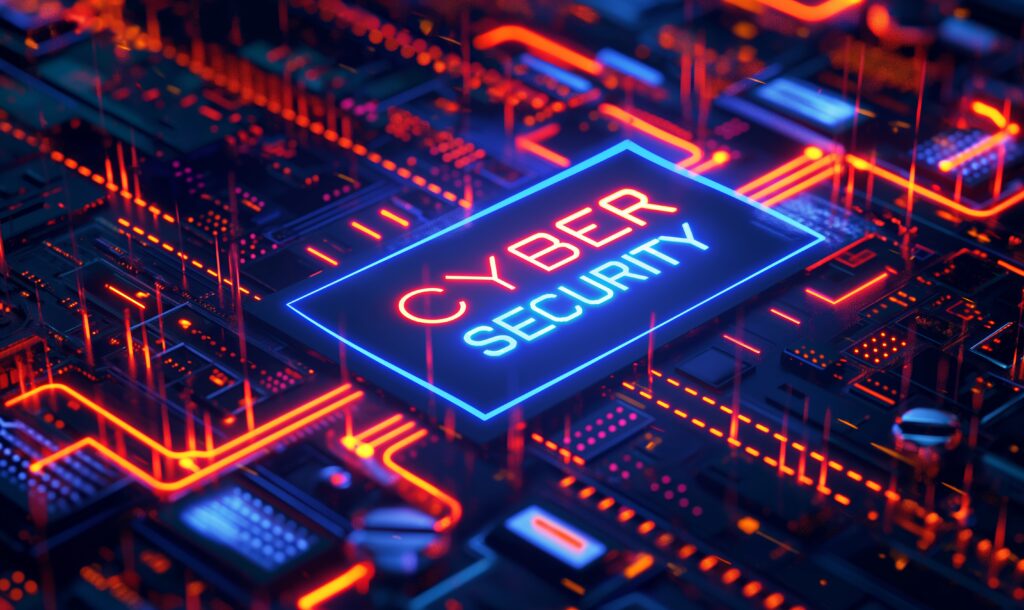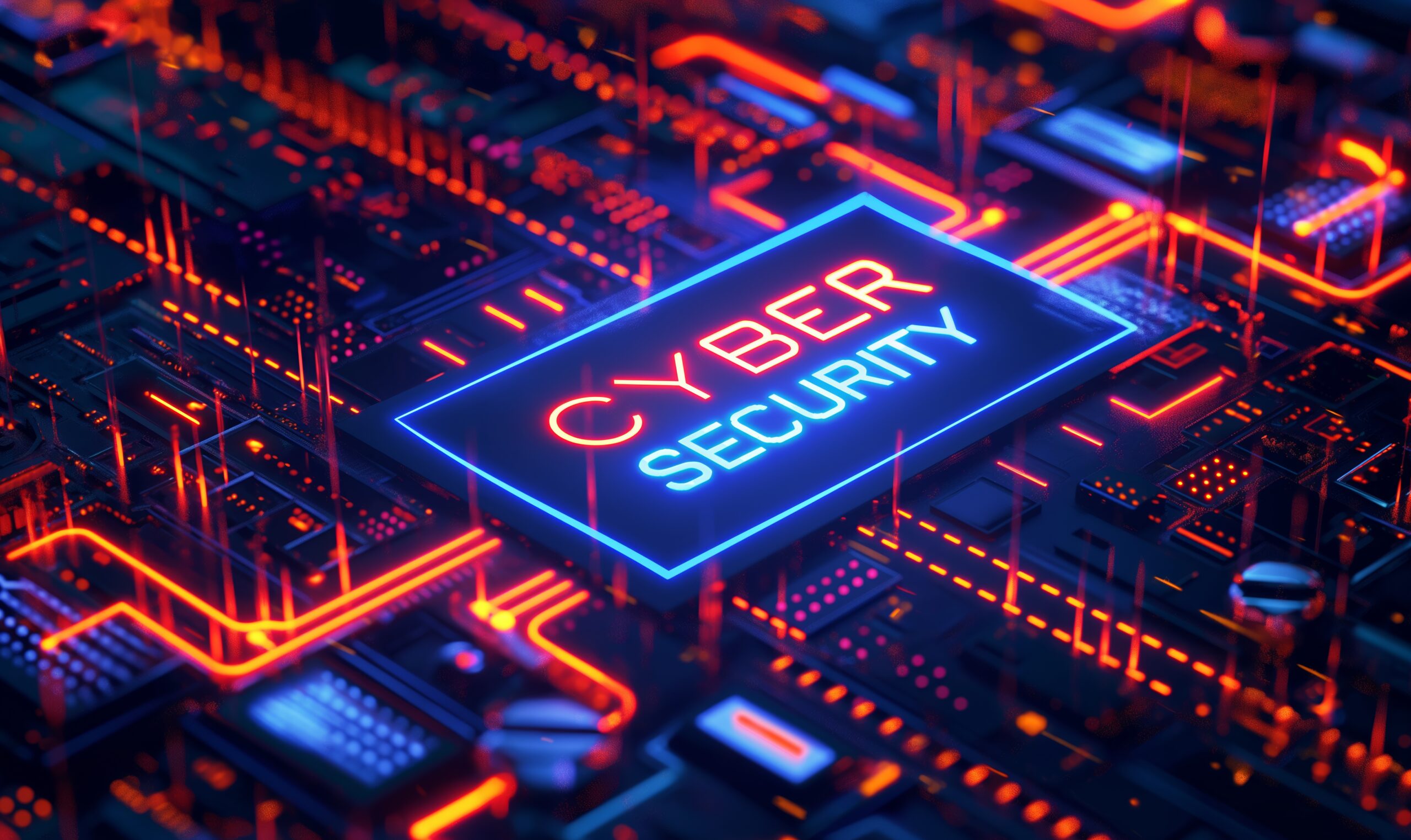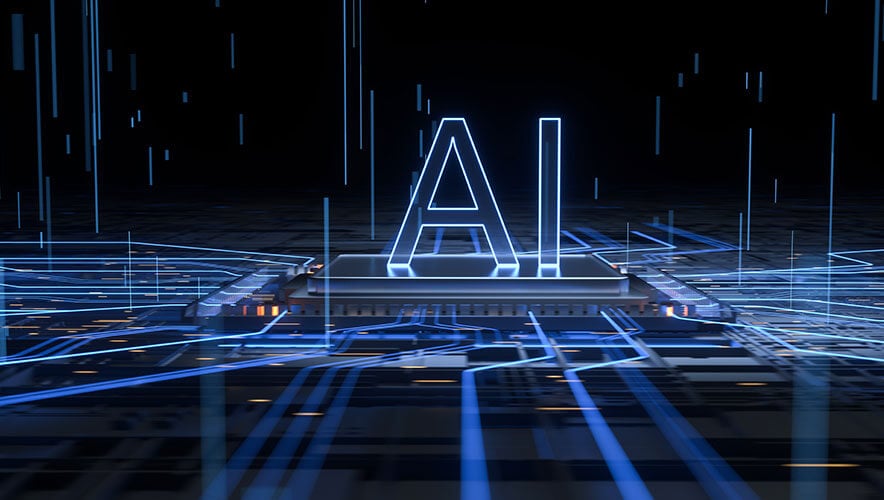As businesses embrace digital transformation, the cybersecurity landscape continues to evolve rapidly. While technology offers significant operational advantages, it also opens new doors for cyber threats. In 2025, the risk environment is more complex than ever — driven by advancements in AI, cloud computing, IoT, and the growing sophistication of cybercriminals.
Here’s a look at the top cybersecurity threats facing businesses in 2025, and why proactive defense strategies are more critical than ever.
1. AI-Powered Cyberattacks
Artificial Intelligence is a double-edged sword. While businesses use AI for better security, cybercriminals now leverage it to automate attacks, craft convincing phishing emails, bypass traditional detection systems, and analyze vulnerabilities at scale. Expect to see more AI-generated malware and intelligent botnets capable of adaptive, hard-to-detect attacks.
2. Ransomware-as-a-Service (RaaS)
Ransomware continues to be one of the most damaging threats — and it’s evolving into a service-based model. RaaS platforms allow non-technical criminals to launch ransomware attacks using pre-built tools. This trend is democratizing cybercrime and increasing the number of attackers, especially targeting small and medium-sized businesses (SMBs) that may lack robust defenses.
3. Cloud Security Breaches
As more businesses migrate to cloud services, misconfigured cloud storage and poor access controls are becoming major targets. In 2025, attackers are increasingly exploiting vulnerabilities in multi-cloud environments and third-party integrations, exposing sensitive data and critical infrastructure.
4. Deepfake and Synthetic Identity Fraud
Deepfake technology has advanced rapidly and is now used in social engineering attacks, impersonating executives, customers, or vendors with high accuracy. Combined with stolen personal data, synthetic identity fraud is making it harder for businesses to detect fake users, leading to financial loss and reputational damage.
5. Insider Threats (Malicious and Accidental)
Employees, contractors, or partners with access to sensitive data continue to pose a threat. Whether intentional (data theft) or accidental (phishing link clicks, misconfigurations), insider threats remain one of the most difficult to detect and prevent, especially in hybrid and remote work models.
6. IoT and Edge Device Vulnerabilities
The explosion of IoT devices — from smart office equipment to industrial sensors — has dramatically expanded the attack surface. Many of these devices lack strong security protocols, and attackers are exploiting them to gain network access, conduct surveillance, or launch botnet attacks.
7. Supply Chain Attacks
Cybercriminals are increasingly targeting vendors and service providers to compromise multiple organizations at once. In 2025, software supply chain attacks are projected to increase as attackers exploit weak links in the ecosystem — making vendor risk management a top priority.
8. Credential Theft and Account Takeover
Password reuse, phishing, and brute-force attacks are still popular tactics for stealing login credentials. Once attackers gain access to privileged accounts, they can move laterally across systems undetected. In 2025, expect more AI-assisted phishing attacks and session hijacking techniques that bypass multi-factor authentication (MFA).
9. Zero-Day Exploits
Zero-day vulnerabilities — flaws unknown to software vendors — are becoming more valuable and accessible on the dark web. Advanced attackers are exploiting these unknown weaknesses before they can be patched, making real-time threat detection and rapid response essential for modern cybersecurity programs.
10. Regulatory and Compliance Risks
With evolving data protection laws like GDPR, CCPA, and new regional standards, non-compliance can lead to massive fines and legal consequences. Cyberattacks that expose customer or employee data now come with added reputational and financial risks, especially for global enterprises.
How to Prepare: Key Defense Strategies
- Adopt Zero Trust Architecture: Assume breach and verify everything — from users to devices to services.
- Leverage AI for Threat Detection: Use AI not just for analysis, but for real-time response and anomaly detection.
- Conduct Regular Security Audits: Especially across cloud environments, third-party tools, and user access levels.
- Train Employees Continuously: Make cybersecurity awareness a part of company culture.
- Implement Strong IAM (Identity and Access Management): Use MFA, privileged access control, and session monitoring.
- Invest in Incident Response Plans: Preparation and simulation are key to reducing damage when attacks occur.
Conclusion
The cybersecurity threats of 2025 are more advanced, more automated, and more targeted than ever before. Businesses of all sizes must move beyond reactive measures and embrace a proactive, intelligent approach to security. From AI-driven threats to insider risks and deepfakes, staying ahead means building resilient systems, educating teams, and investing in the right tools and strategies.
Cybersecurity is no longer an IT issue — it’s a business imperative.




